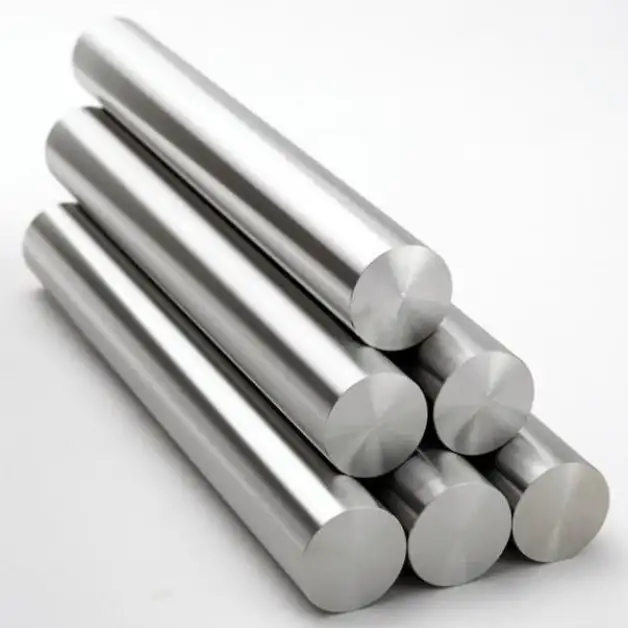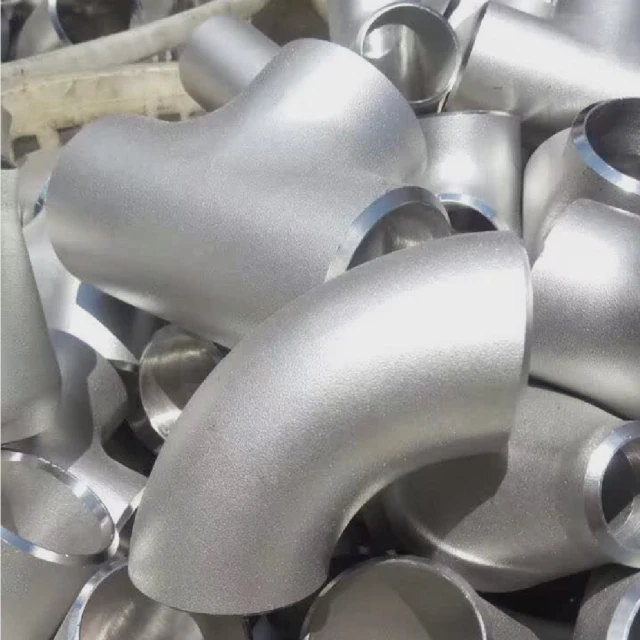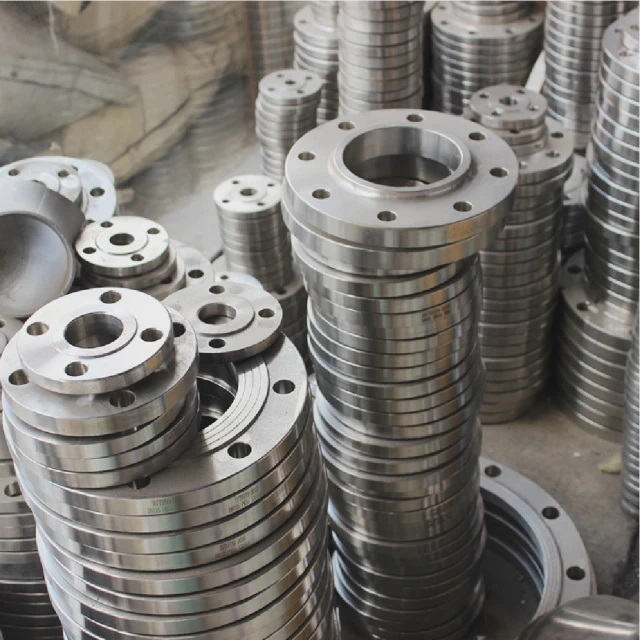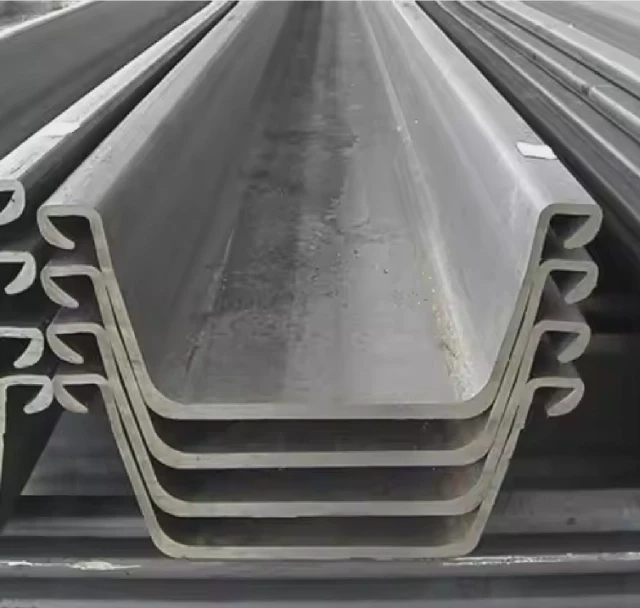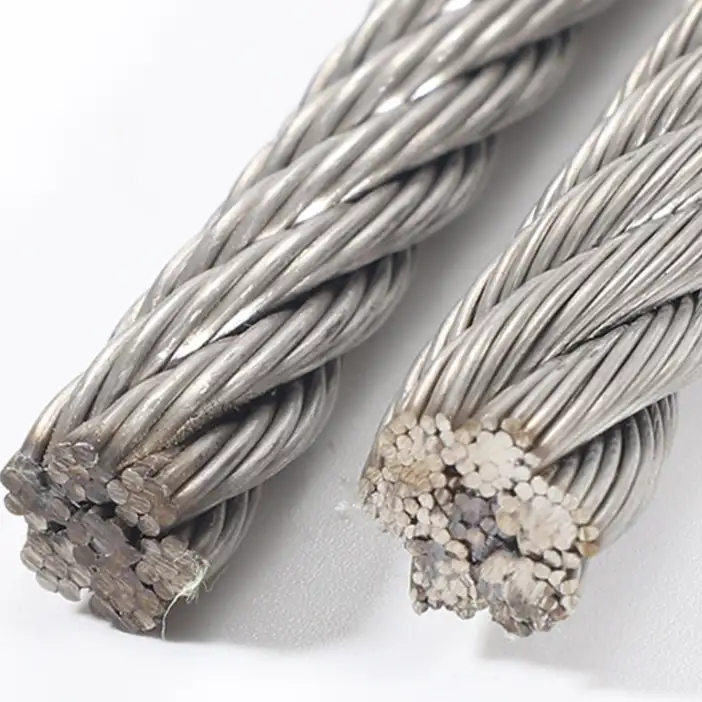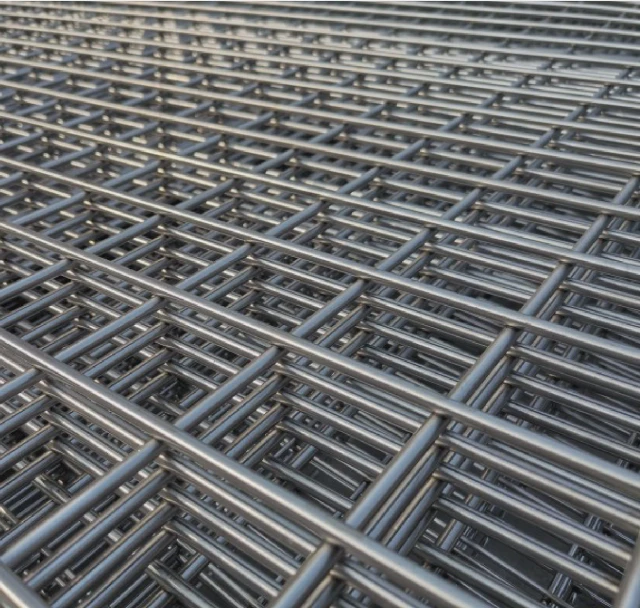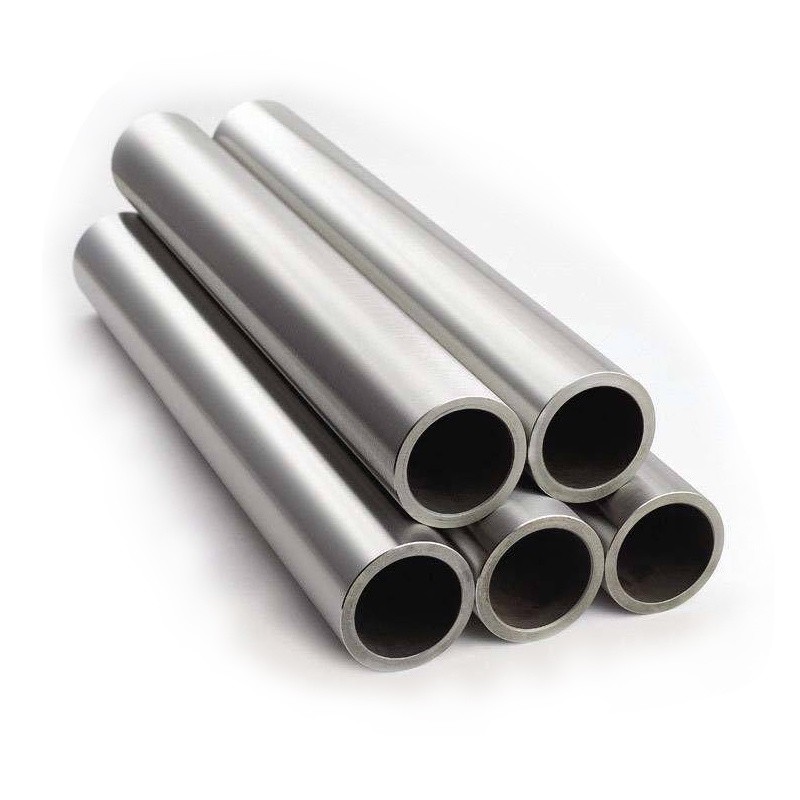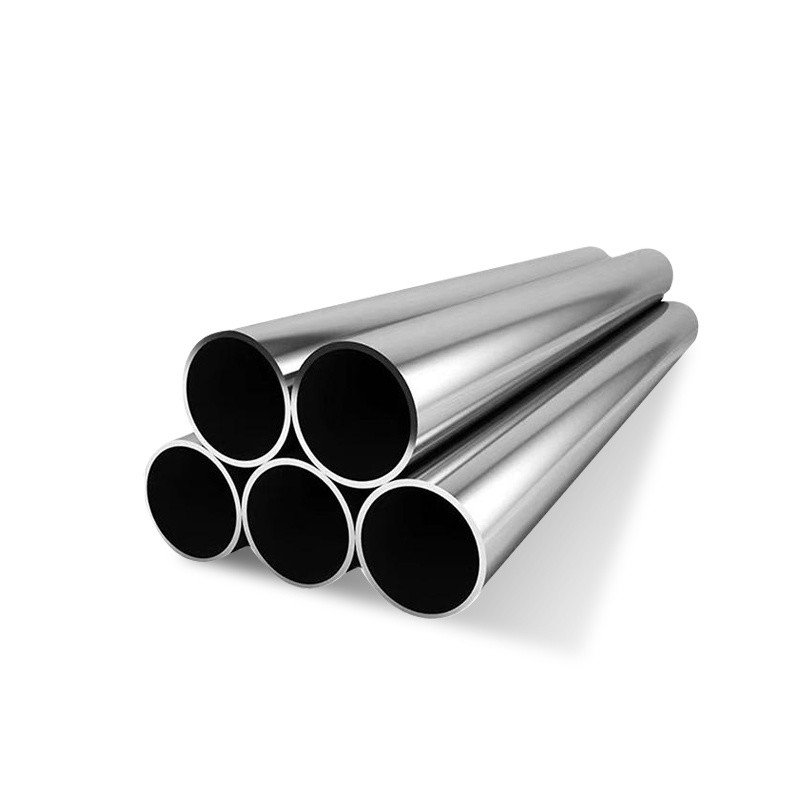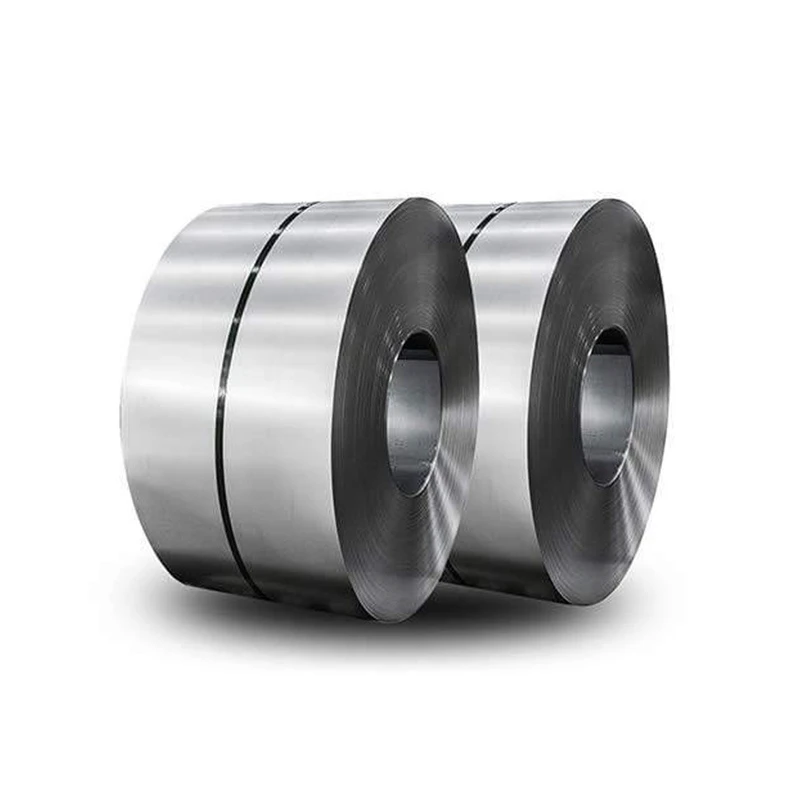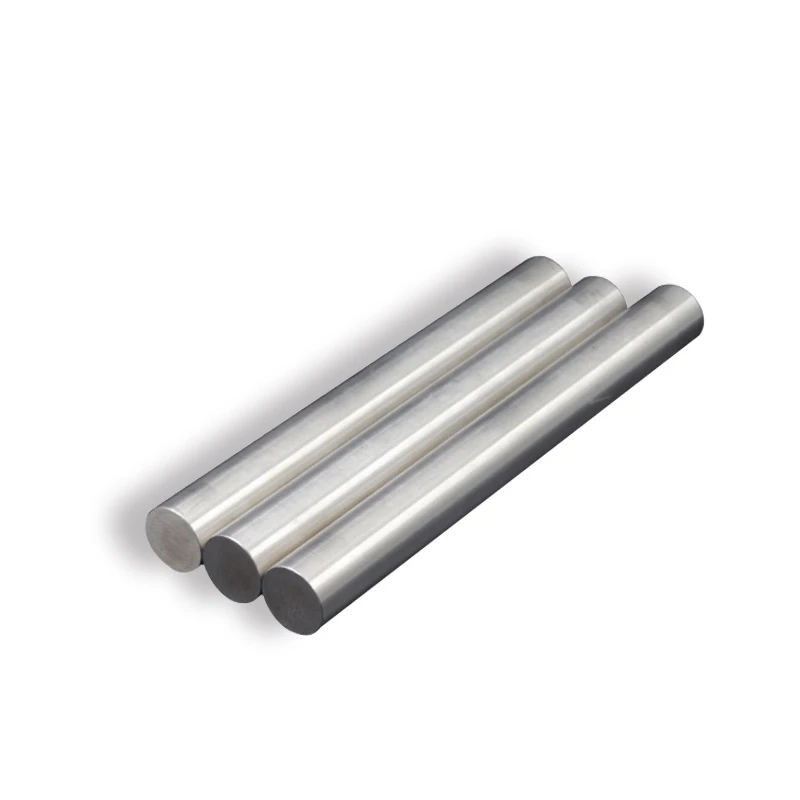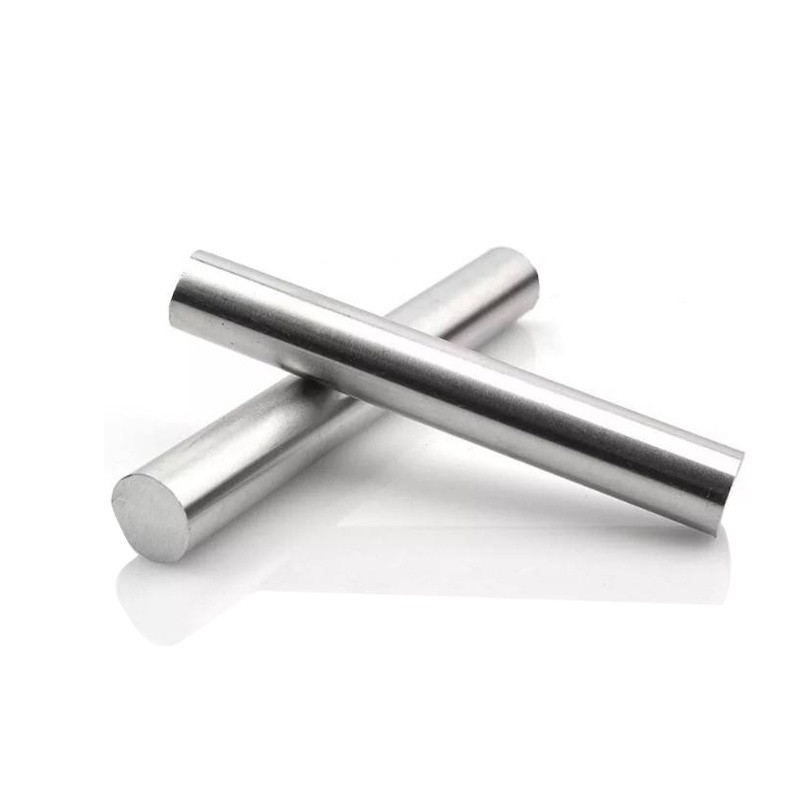
CATEGORIES
FEATURED PRODUCTS
ASTM B211 Aluminum Bar
We offer this product and related grades with 100% factory direct pricing and free quotes available within 24 hours.
APPLICATION SCENARIOS

OUR ADVANTAGE

Certificate of Honor

PARTNER

Our Factory

We manufacture B211 aluminum plate to exacting standards, ensuring product uniformity and performance. Our sheet exhibits excellent machinability. It’s corrosion resistant. It’s versatile. We meet stringent industry demands. We deliver reliability and consistency.
1. Introduction to ASTM B211
We begin with an overview of ASTM B211, the standard specification governing rolled aluminum and aluminum-alloy sheet, strip, and plate. First published in 1957, B211 provides critical requirements for chemical composition, mechanical performance, and tolerances. It underpins countless applications from aerospace to architecture.
2. Scope and Purpose
ASTM B211 covers wrought aluminum alloys in plate form, with thicknesses from 0.016 to 8 inches. Its intent is twofold: to guarantee material uniformity and to protect end-users by defining minimum performance metrics. Ultimately, B211 ensures compatibility across supply chains, reducing scrap rates and enhancing safety.
3. Alloy Composition and Grades
ASTM B211 encompasses a variety of 1xxx, 3xxx, 5xxx, 6xxx, and 7xxx series alloys. Table 1 details key compositions for common grades:
| Alloy | Si (%) | Fe (%) | Cu (%) | Mn (%) | Mg (%) | Zn (%) | Other (%) |
|---|---|---|---|---|---|---|---|
| 1100 | 0.25 max | 0.95 max | 0.05 max | 0.05 max | 0.05 max | — | 0.15 misc |
| 3003 | 0.60 max | 0.70 max | 0.10 max | 1.00–1.50 | 0.10 max | — | 0.15 misc |
| 5052 | 0.25 max | 0.40 max | 0.10 max | 0.10 max | 2.20–2.80 | 0.10 max | 0.15 misc |
| 6061 | 0.40–0.80 | 0.70 max | 0.15–0.40 | 0.15 max | 0.80–1.20 | 0.25 max | Ti, Cr 0.15 each |
| 7075 | 0.40 max | 0.50 max | 1.20–2.00 | 0.30 max | 2.10–2.90 | 5.10–6.10 | Zr 0.05 |
Table 1. Typical Chemical Composition Ranges for ASTM B211 Alloys.
We note that 6061-T6, for instance, offers a balanced mix of strength and formability—minimum tensile strength 45,000 psi¹. Conversely, 7075-T6 yields over 70,000 psi².
¹ ASTM International data sheet, 2023.
² Alcoa Technical Bulletin, 2022.
4. Mechanical Properties and Test Data
Mechanical testing per B211 requires tensile, yield, and elongation tests at ambient temperature. Table 2 summarizes representative values:
| Alloy | Temp. Condition | Tensile Strength (psi) | Yield Strength (psi) | Elong. (%) |
|---|---|---|---|---|
| 1100-H14 | As-rolled | 13,000 | 6,000 | 12 |
| 3003-H18 | Strain-hardened | 25,000 | 15,000 | 3 |
| 5052-H32 | Strain-hardened | 38,000 | 28,000 | 12 |
| 6061-T6 | Solution & T6 | 45,000 | 40,000 | 8 |
| 7075-T6 | Solution & T6 | 74,000 | 63,000 | 11 |
Table 2. Mechanical Properties of Selected ASTM B211 Alloys.
Testing protocols include measuring plate thickness and width, verifying chemical composition via optical emission spectroscopy, and mechanical tests on standard sub-size specimens.
5. Dimensional Specifications and Tolerances
ASTM B211 defines permissible deviations:
| Thickness (in) | Width (in) | Length Tolerance (%) | Flatness (mm/m) |
|---|---|---|---|
| 0.016–0.065 | Up to 12 | ±1.5 | 0.5 |
| 0.066–0.250 | 12–24 | ±1.0 | 0.8 |
| 0.251–0.500 | >24 | ±0.8 | 1.0 |
| 0.501–8.000 | Any | ±0.5 | 1.5 |
Table 3. Dimensional Tolerances per ASTM B211.
6. Global Equivalents and Standards Comparison
Major international bodies maintain equivalent specs:
-
EN 485 (Europe)
-
JIS H4000 (Japan)
-
GB/T 3880 (China)
Though similar, slight compositional and tolerance differences exist. For example, EN 485-2 allows ±0.8 mm flatness for 3 mm plates, versus B211’s 0.5 mm. The chart below highlights key distinctions:
| Spec | Tempers Covered | Tolerance Tightness | Chemical Limits Strictness |
|---|---|---|---|
| ASTM B211 | H14, H18, T6 | Medium | High |
| EN 485 | H14, H18, T6 | Tight | Medium |
| GB/T 3880 | H14, H22, T6 | Loose | High |
7. Comparative Analysis with Other Aluminum Grades
We often compare B211 alloys with plate from ASTM B209. While B209 covers sheet and plate broadly, B211 focuses on tighter tolerances and thicker sections. Compared to B209, B211 materials yield up to 10% greater consistency in mechanical results.
8. Case Study: High-Precision Marine Components
In 2024, Luokaiwei supplied 6061-T6 B211 plate for a yacht builder in Norway. Tight tolerances (±0.3 mm) enabled streamlined CNC machining, reducing waste by 8%. Final parts maintained corrosion resistance in salt spray tests exceeding 1,000 hours. This partnership cut lead time by 20%, demonstrating our logistics excellence.
9. Procurement Considerations for ASTM B211
When sourcing B211 plate, verify:
-
Mill test certificates (MTC) conforming to EN 10204-3.1.
-
Complete traceability of raw billets.
-
Compliance with ROHS/REACH if for EU markets.
-
Lead times adjusted for seasonal demand.
We recommend auditing suppliers for process controls and certificate authenticity.
10. Why Choose Luokaiwei for Your B211 Needs
Luokaiwei offers factory-direct pricing, strict quality audits, and global logistics. We maintain ISO 9001 and AS9100 certifications, assuring aerospace-grade quality. Our 24-hour quotation service and stock across Asia, Europe, and North America ensure you meet project timelines without delays.
11. Frequently Asked Questions
Q1: What thickness range does ASTM B211 cover?
A: From 0.016 in to 8 in, inclusive of sheet and plate thicknesses.
Q2: Can I use B211 plate for structural applications?
A: Yes. Grades like 6061-T6 and 7075-T6 offer high strength suitable for load-bearing uses.
Q3: How does B211 differ from B209?
A: B211 mandates thicker sections and stricter flatness tolerances compared to B209.
Q4: Are there overseas equivalents?
A: European EN 485 and Chinese GB/T 3880 are the closest; however, their tolerances and tempers vary slightly.
Q5: What tests confirm compliance?
A: Chemical analysis, tensile/elongation tests, and dimensional inspections per ASTM methods.







